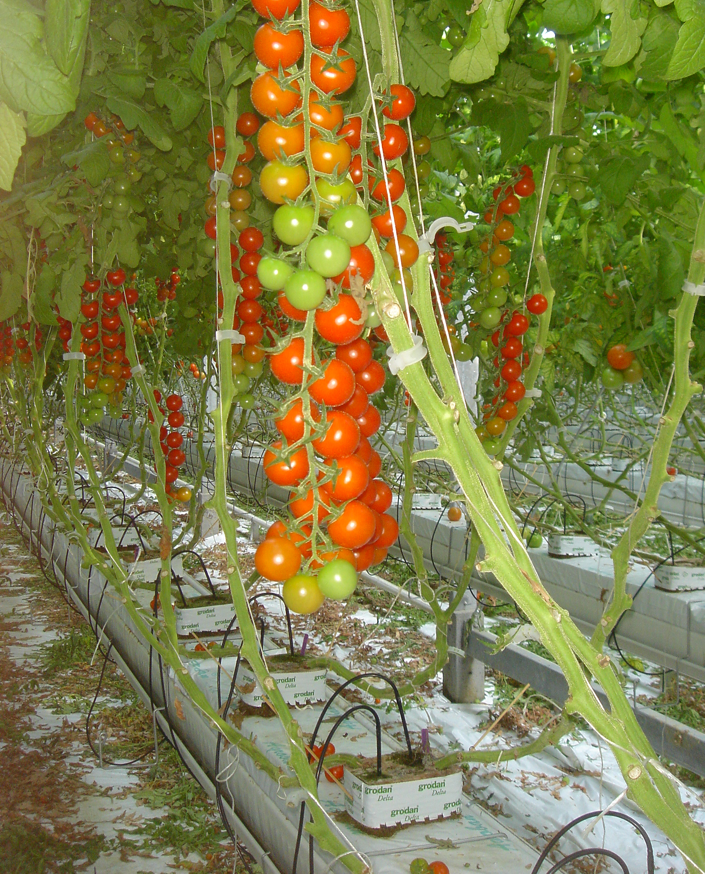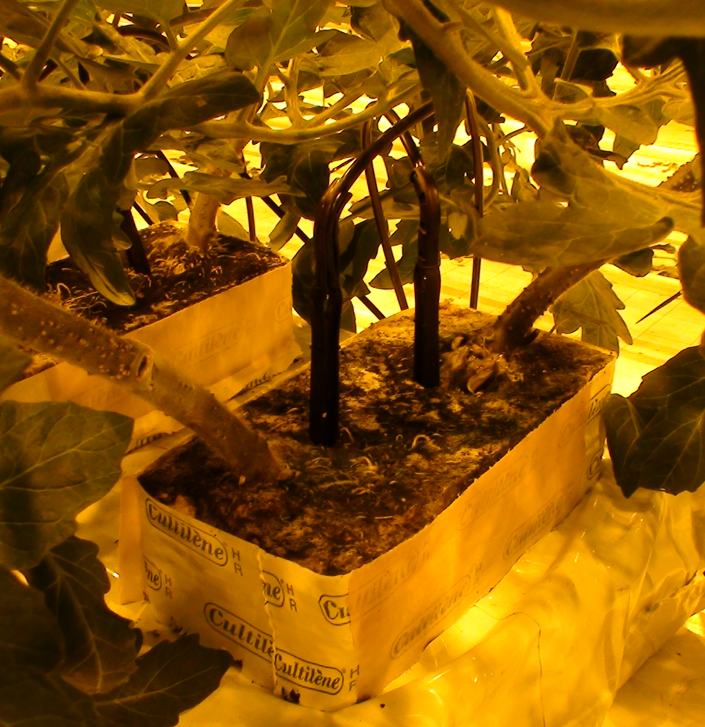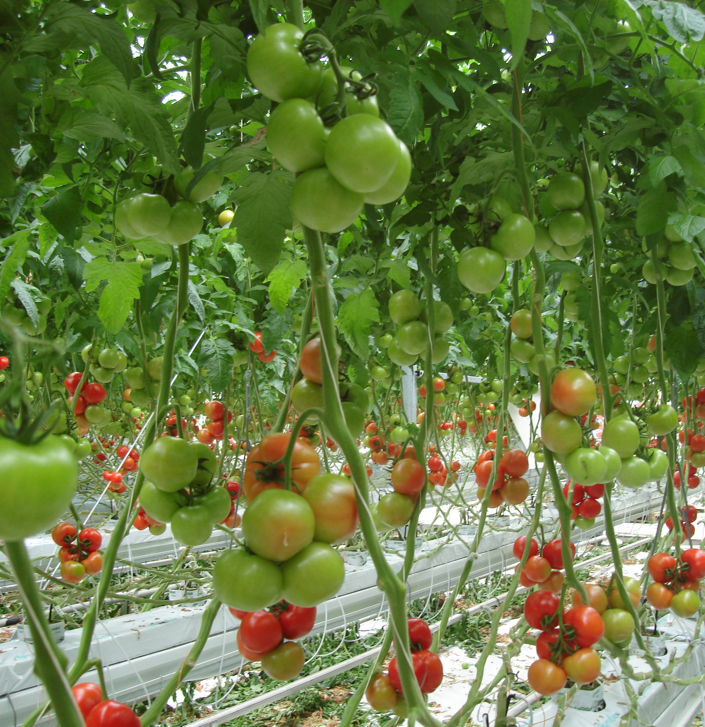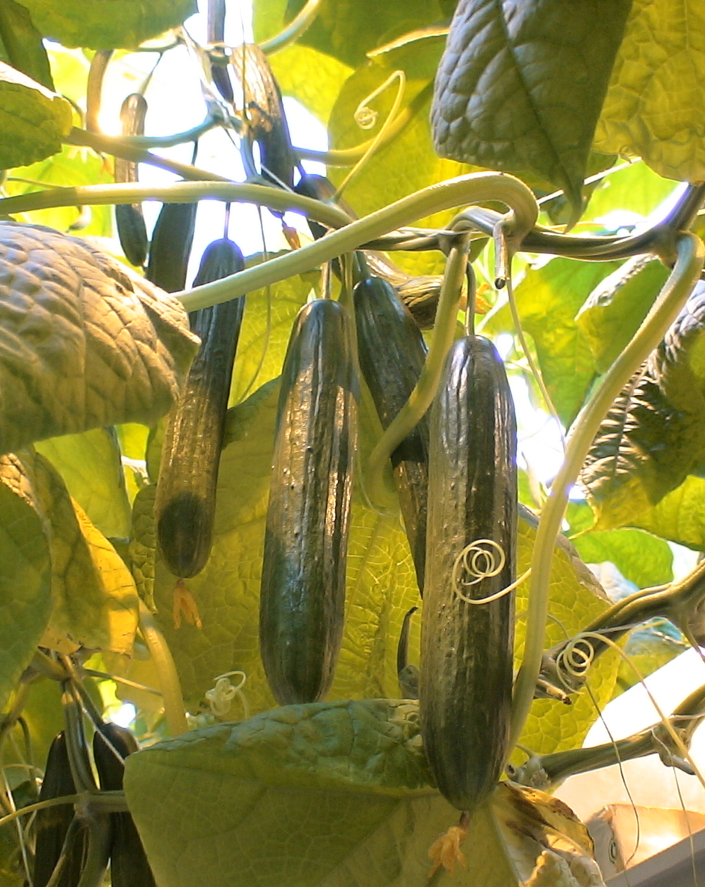
MISCONCEPTION №1: Vegetables cultivated in greenhouses look artificial and seem "plastic"
Have you ever experienced a situation where you bought tomatoes that appeared slightly pink on the store shelves, only to find out when you sliced them for a salad that they lacked flavor? If you have, it's understandable why you might come to the conclusion that vegetables grown during the winter are of uncertain origin and quality, and may not be as nutritious as desired.
In reality, the usual scenario plays out like this:
In countries such as Turkey or Morocco, there are farmers who intentionally grow tomatoes for export. They carefully choose tomato varieties that are well-suited for transport, and these varieties typically tend to be less sweet and firmer than the regular ones.
To ensure tomatoes remain fresh during transportation (for a week or even two) and maintain shelf life for several days, they are typically picked when they are still green. Their color ripens during transit. Therefore, the tomato you selected may not have fully ripened in the greenhouse and may not have accumulated sufficient sugar content.
Contrast this tomato with those cultivated in your local area. Certainly, the greenhouse-grown tomato might come at a higher price due to the expenses linked to heating and lighting. Nonetheless, it delivers a more robust flavor, rendering it both a nutritious and delectable choice.
As time passed, wood chips emerged as a viable alternative to soil. From the 1950s onwards, the hydroponic approach to cultivating plants in containers filled with wood chips gained momentum. Thanks to its efficiency, it became a prevalent method in industrial plant production.
Carrying on with their experiments, scientists and agronomists determined that the application of water-soluble fertilizers provides the most favorable outcomes. Consequently, since the 1970s and up to the present day, agronomists have been watering plants in conjunction with fertilizers.
MISCONCEPTION №2: Vegetables cultivated in greenhouses are saturated with pesticides
The integrity of individual growers in controlling the use of pesticides plays a crucial role in ensuring the safety of their products. While inspections by relevant authorities are important, it ultimately falls upon growers to responsibly manage their pesticide usage.
Therefore, if you want a verified and safe product, choose local and make sure you are familiar with and have checked the use of health-friendly growing systems by the producers.
А лучше, выращивайте свое!
In contemporary discussions of hydroponic cultivation, we are generally referring to the practice of growing plants in a substrate. There are various substrate options available, such as sand, expanded clay, wood chips, peat, perlite, coconut coir, rockwool, and more. Cultivating plants in a substrate is considered an efficient and user-friendly approach. It enables you to meticulously track the nutrients supplied to individual plants and exercise full control over the cultivation process.
Moreover, the substrate is placed on special trays and supports, which makes it convenient for maintenance.
The most common substrates in greenhouses are peat for greens and lettuce, and coconut substrate and rockwool for flowers and vegetables.


The global trend of favoring locally sourced products, known as "local farming," is on the rise. Consumers are increasingly opting for berries, vegetables, and fruits cultivated by nearby producers. In response to this shift, more countries are prioritizing the development of their greenhouse industry and decreasing their dependence on imports. Many nations acknowledge that they can ensure product quality when it is grown within their borders and regulated by their standards.
As a result, a worldwide trend in greenhouse farming is emerging. The United States is expanding various types of small and large farms, Russia is building industrial greenhouse complexes, Mexico is forming farming clusters, and so on.
In all these countries, the question of disposing of rockwool is also becoming a significant concern, leading to the increasing adoption of coconut substrate.

In the «greenhouse equipment» you will find more comprehensive discussion of the equipment employed in hydroponic cultivation.